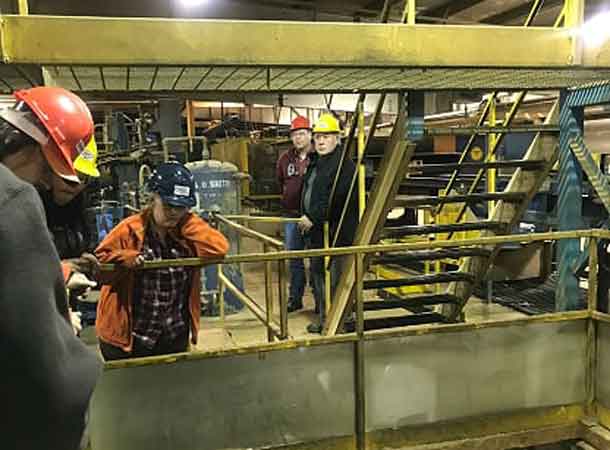Calgary, AB – Alberta’s government has announced the expansion of its Navigation and Support Centre to Calgary, aiming to connect vulnerable and homeless individuals with essential supports and services. This initiative is modelled after the successful Navigation and Support Centre in Edmonton.
Comprehensive Support Services
The new Calgary centre offers a one-stop access point for a wide range of services. These include income support, shelter and housing connections, Indigenous supports, valid Alberta identification, and access to mental health and addiction services. Additionally, the Calgary Urban Project Society (CUPS) and Alberta Health Services will provide various health and recovery-oriented services on-site.
Government and Community Collaboration
“This expansion into Calgary is another great example of us using collaboration to address a serious problem, and another example of us delivering on a promise. The Navigation and Support Centre addresses public health and safety concerns in Calgary by providing a solid path for people who have fallen on hard times to get back on their feet. The ability to access so many services under one roof makes a huge difference for vulnerable Albertans, while easing pressure on our service providers and shelter operators,” said Jason Nixon, Minister of Seniors, Community and Social Services.
Additional Support Features
The centre will offer transportation to and from the facility as needed, along with additional transportation for clients needing to visit other support locations. For those with pets, the centre will provide support to ensure both the individuals and their pets are cared for during their time of need.
Community Leaders Applaud the Initiative
“Calgary Homeless Foundation is pleased to partner with the provincial government in the Navigation and Support Centre in Calgary to ensure those experiencing homelessness have a one-stop shop for barrier-free access to services that support their personal recovery. We applaud the coordinated efforts that brought the Centre to completion in such a timely manner, and we look forward to seeing the positive impact it will have on the lives of our most vulnerable citizens,” said Patricia Jones, President and CEO of Calgary Homeless Foundation.
Katie McLellan, Deputy Chief of the Calgary Police Service, added, “We have said before that it takes a systems approach to help and support people in Calgary facing homelessness, addiction, and crisis. The Navigation and Support Centre represents an important step in diminishing the burden on the health care system and improving alternative service delivery for first responders so we can ensure the right resource is provided to the right person at the right time.”
Cliff Wiebe, Executive Director of The Salvation Army, shared, “The Salvation Army is excited to enhance our partnership with the Province of Alberta through the Calgary Navigation and Support Centre opening July 2, to further serve those within our community who are experiencing homelessness.”
Quick Facts and Impact
Provincially funded emergency shelter operators in Calgary include Alpha House, Calgary Drop-In Centre, Salvation Army, The Mustard Seed, YW Calgary, The Children’s Cottage Society, and Inn From the Cold.
Since opening in January, Edmonton’s Navigation and Support Centre has provided over 2,280 people with access to services. It has facilitated approximately 7,640 referrals and direct connections to services, including about 545 referrals to housing programs and over 560 connections to shelter services. Service Alberta and Red Tape Reduction have issued approximately 1,725 ID cards, and more than 1,330 individuals have received financial benefits like Income Support and AISH. The centre has provided transportation for about 430 people and referred more than 750 individuals to health supports, including over 330 connections to mental health and addiction services.
The Navigation and Support Centre in Calgary is located near the Salvation Army Centre of Hope, in a space separate from the existing shelter. This expansion is expected to significantly improve the accessibility and coordination of services for Calgary’s most vulnerable populations.







